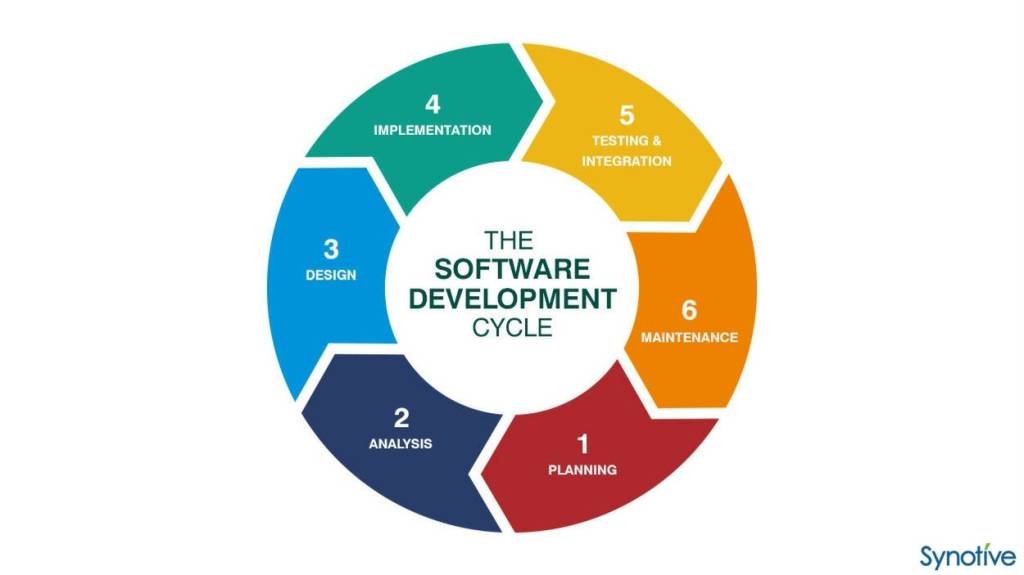The Software Development Life Cycle (SDLC) is a systematic process that outlines the phases, tasks, and activities involved in designing, developing, testing, deploying, and maintaining software applications or systems. It serves as a structured framework to ensure that software projects are planned, executed, and completed in an organized and efficient manner. SDLC provides a roadmap for software development teams to follow, ensuring consistency, quality, and predictability throughout the project’s lifecycle.
The typical SDLC process consists of several phases, each with its own set of activities and goals:
- Requirements Gathering:
- Project stakeholders, including clients, end-users, and business analysts, collaborate to define the software’s functional and non-functional requirements.
- Requirement documents, use cases, and user stories are created to capture the project’s scope and objectives.
- Any potential risks, constraints, and dependencies are identified during this phase.
- System Design:
- Software architects and designers create detailed technical specifications based on the gathered requirements.
- High-level design outlines the system’s overall structure, including components, modules, and their interactions.
- Low-level design focuses on specific components, algorithms, and data structures, ensuring technical feasibility and efficiency.
- Implementation (Coding):
- Developers write the actual code according to the design specifications.
- Coding standards, best practices, and guidelines are followed to ensure consistency and maintainability.
- Version control systems are often used to track changes and manage collaboration among developers.

- Testing:
- Testing starts with unit testing, where individual components are tested in isolation to ensure they work as intended.
- Integration testing follows, verifying that different components interact correctly.
- System testing involves testing the complete software system to validate its compliance with requirements.
- User acceptance testing (UAT) involves end-users testing the software in a real-world environment to ensure it meets their needs.
- Deployment:
- The software is prepared for deployment to the production environment.
- Installation scripts, configuration files, and documentation are created to facilitate the deployment process.
- Deployment can involve setting up servers, databases, and other infrastructure components necessary for the software to run.
- Maintenance:
- During the maintenance phase, software is monitored for defects, performance issues, and user feedback.
- Bug fixes and patches are developed and deployed as needed.
- Enhancements and new features might be added to meet evolving requirements or business needs.
SDLC Models and Methodologies:

- Waterfall Model: Progresses through phases in a linear sequence, where each phase is completed before moving to the next. Suitable for well-defined projects with stable requirements.
- Agile Methodologies: Focus on flexibility, collaboration, and delivering incremental results. Common methodologies include Scrum, Kanban, and Extreme Programming (XP).
- Iterative Model: Similar to Agile, it involves multiple iterations, each covering a subset of the entire project. Allows for frequent feedback and adaptation.
- V-Model (Validation and Verification Model): Emphasizes testing at each development stage, mirroring the sequential nature of the Waterfall model.



Benefits of SDLC:
- Provides a structured approach for software development, reducing risks of project failure.
- Improves communication among project stakeholders.
- Ensures alignment between software development and business goals.
- Facilitates project tracking, resource allocation, and estimation.
Challenges of SDLC:
- Can be time-consuming and inflexible if not adapted to changing requirements.
- May require detailed documentation, which can be cumbersome for smaller projects.
- Requires thorough planning to manage dependencies and risks effectively.
Overall, the SDLC is a crucial framework that guides the entire software development process, ensuring that software is developed systematically, with quality, and in a way that meets the needs of both users and the business.


Leave a comment